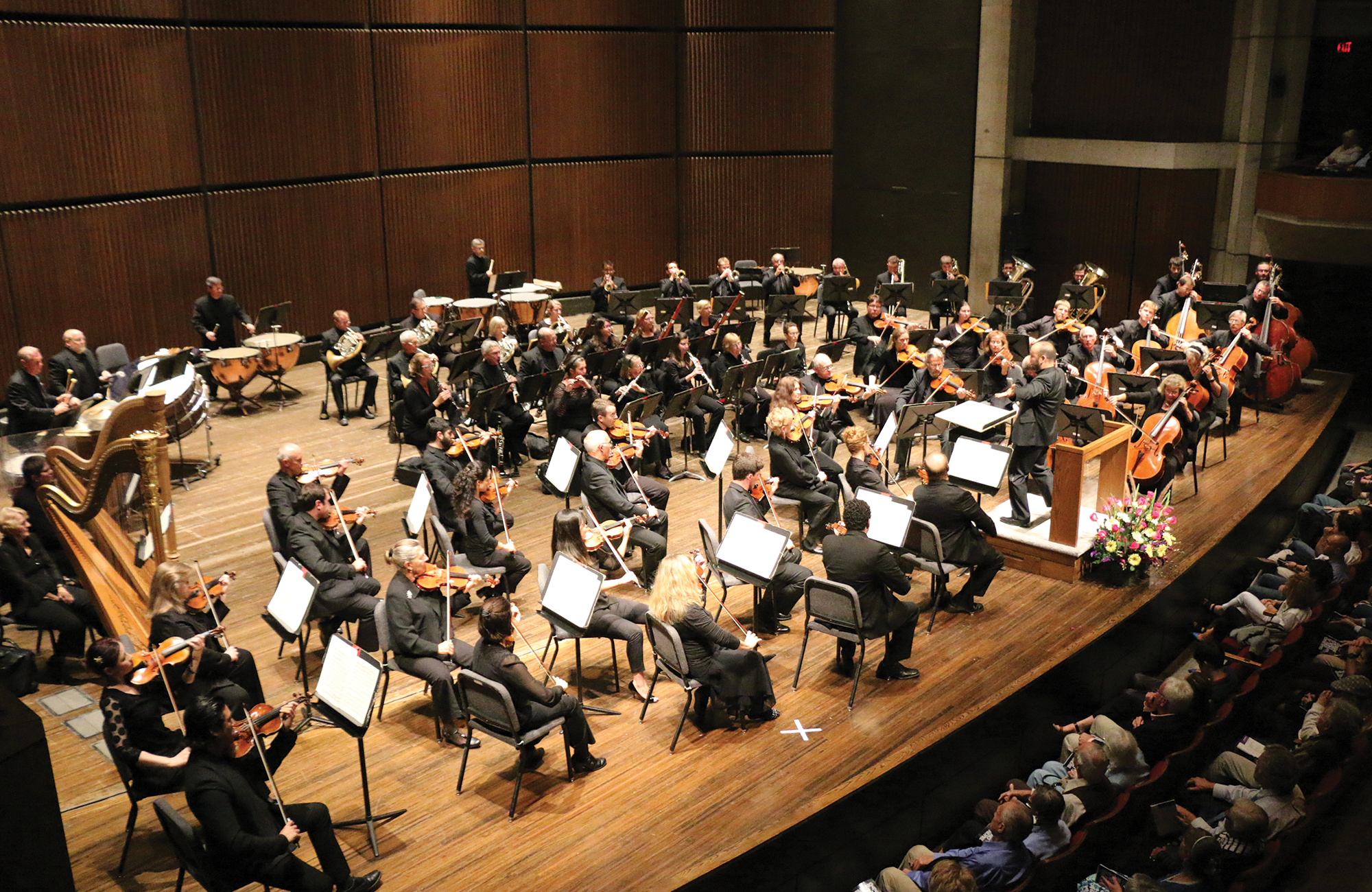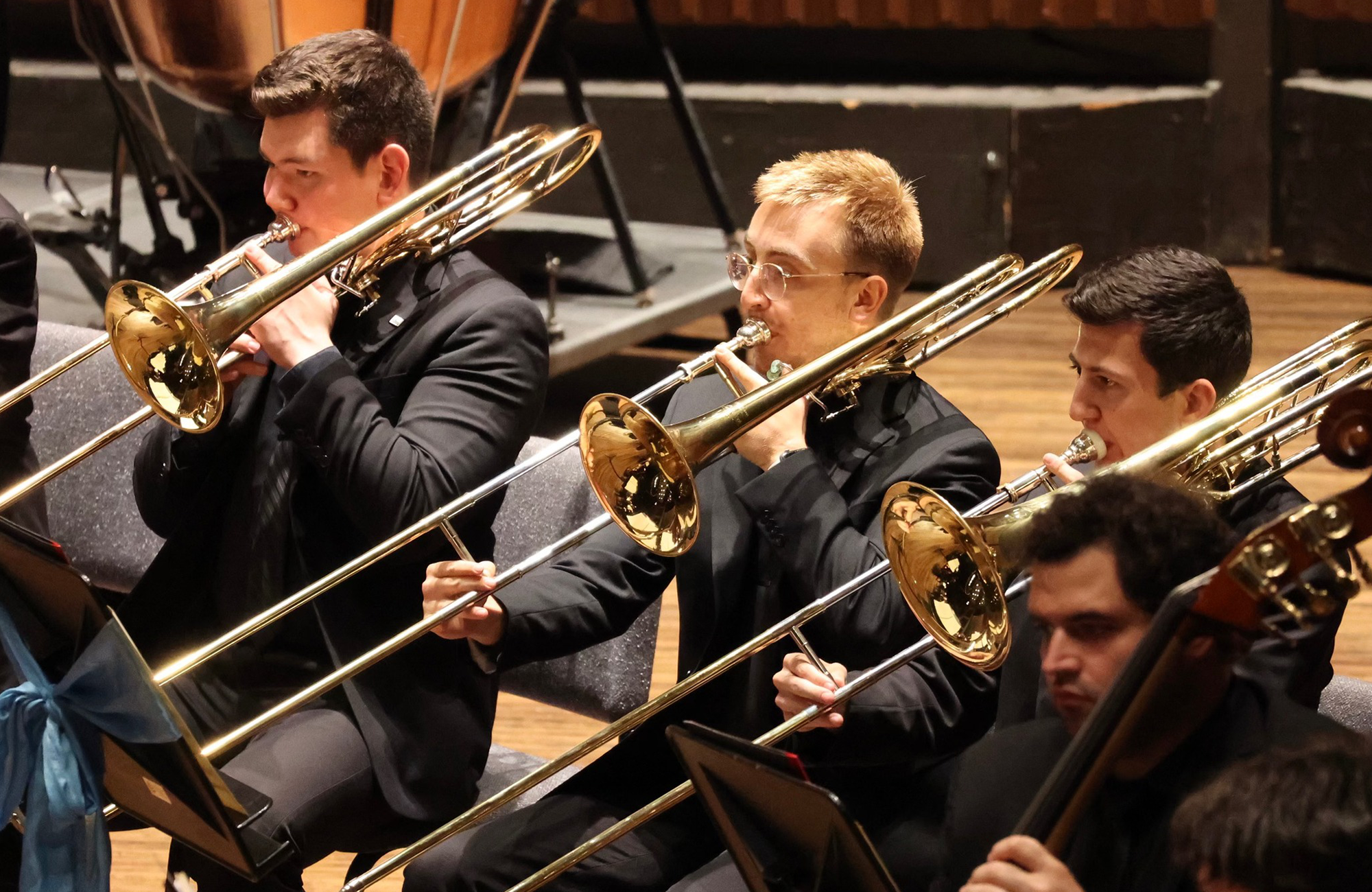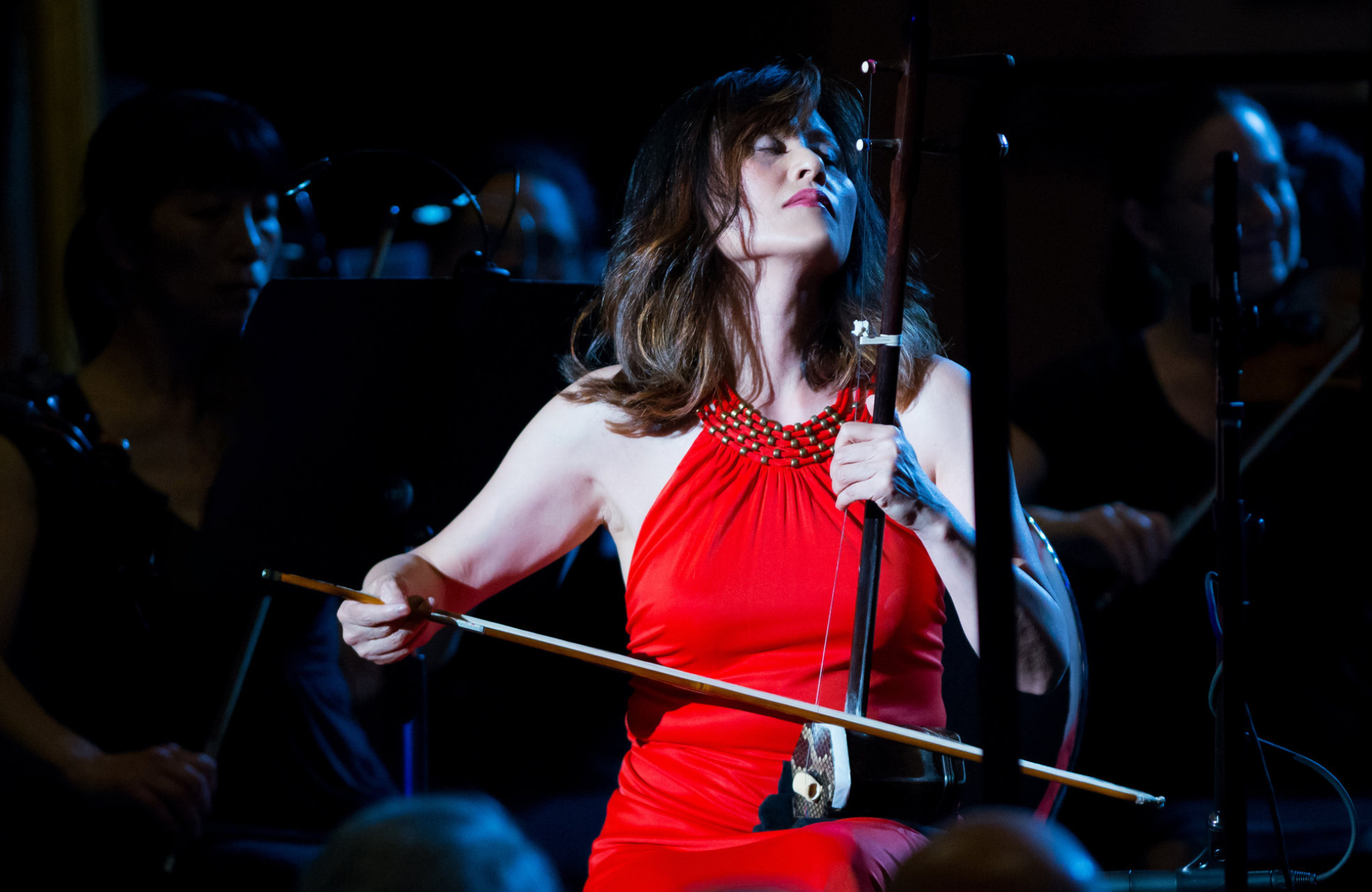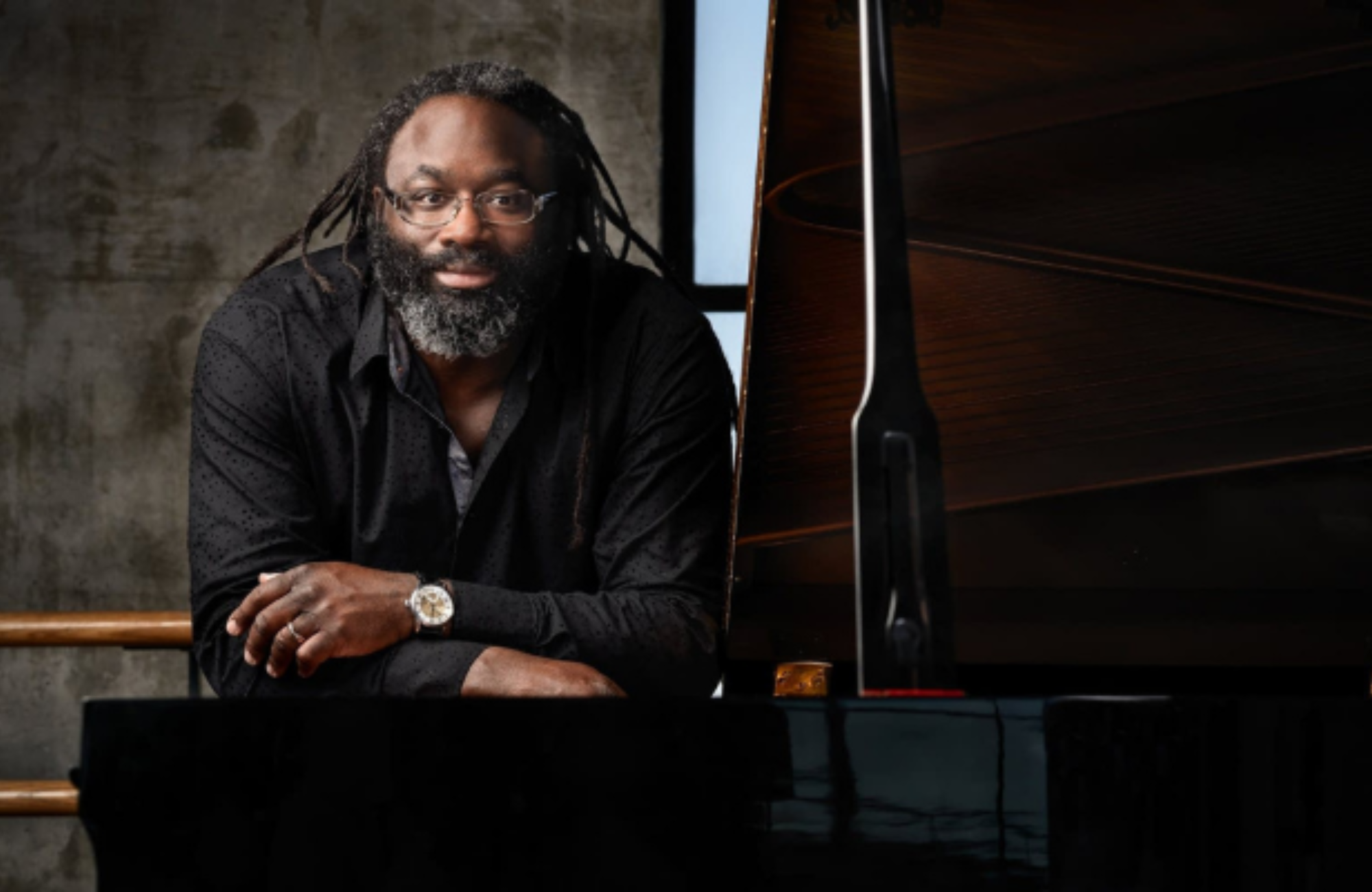Symphoria returns to large orchestra performances, featuring Steven Heyman in Beethoven’s Piano Concerto No. 3, and Mozart’s well-known Symphony No. 40 in G minor.
PROGRAM
BEETHOVEN: Concerto, Piano, No.3, op.37, C minor
MOZART: Symphony No. 40
All programs and artists subject to change.
PROGRAM NOTES
Our previous Casual concert was devoted to baroque music. Tonight, we switch to the classical period with two major works that, in different ways, herald the romantic era to come. Our symphony is the Symphony No. 40 in G Minor, one of three symphonies that Wolfgang Amadeus Mozart (1756–1791) wrote, along with a great deal of other music, in the miraculous summer of 1788. The major-key symphonies that surround it, Nos. 39 and 41 (“Jupiter”), are both bold, energetic, and upbeat. The middle sibling, calling for a smaller orchestra with no trumpets or drums, is one of only two Mozart symphonies in a minor ...
Our previous Casual concert was devoted to baroque music. Tonight, we switch to the classical period with two major works that, in different ways, herald the romantic era to come. Our symphony is the Symphony No. 40 in G Minor, one of three symphonies that Wolfgang Amadeus Mozart (1756–1791) wrote, along with a great deal of other music, in the miraculous summer of 1788. The major-key symphonies that surround it, Nos. 39 and 41 (“Jupiter”), are both bold, energetic, and upbeat. The middle sibling, calling for a smaller orchestra with no trumpets or drums, is one of only two Mozart symphonies in a minor key, and it’s more inward in character. It was held in high regard by the romantic composers who followed—beloved by Schubert and Chopin, championed by Liszt, touted as “pivotal to the romantic world” by Wagner.
But while it was uniformly appreciated, it was not uniformly interpreted. For some listeners—despite its minor key—the symphony’s beauty, impeccable fluency, and balance took priority. Schubert reportedly heard the voices of angels in the third movement trio; and Robert Schumann (who will be featured on our next concert) described the Fortieth more generally as “a work in which every note is gold,” one that incorporated “floating Grecian grace.” For others, the work reflected the despair of the young composer as he faced ill-health and diminishing financial stability. Of course, it’s risky to make easy translations between composers’ states of mind and their music (especially in this case, where the symphony that followed was suffused in C-Major self-confidence). Still, over the years, the view that the symphony is fundamentally dark has become dominant.
Yet to capture the true complexity of this work, we probably need to hold both positions at once. Surely, compared to roiling drama of Mozart’s earlier D-Minor piano Concerto, much less the fire and brimstone that rend his opera Don Giovanni, the outward appearance of the G-Minor Symphony seems relatively benign. In its formal structures, for instance, it’s not only clear but also surprisingly economical (especially compared to the profligacy of the “Jupiter Symphony”). Its basic building blocks are limited; but as conductor Larry Loh says, “It’s astounding how he’s able to create so much from so little.” At the same time, the work is full of grinding dissonances, surprising modulations, and shocking juxtapositions. The last two movements are especially striking in this regard. The rhythmic and canonic overlapping, says Larry, make the Minuet sound “satirical.” He also points to the “Jekyll and Hyde” quality of the opening of the finale, with its back and forth between quiet arpeggios and subito forte outbursts—and there’s a more disruptive passage later on, at the beginning of the finale’s development, where Mozart tosses out, seemingly at random, eleven of the twelve chromatic pitches (everything, in fact, but the work’s anchoring pitch, G) before it settles down. Then, too, while most minor-key works of the period resolve into the major at the end, this one stays resolutely in the minor. Even when the G-Minor Symphony is at its most wrenching, though, you can’t dismiss Schumann’s insistence on its grace. In sum, it’s a work of profound (or should we say sublime?) contradictions.
One editorial point: After Mozart finished the symphony, he revised the orchestration to include clarinets. That’s the version we’ll be hearing tonight.
Ludwig van Beethoven (1770–1827) was one of the great admirers of the G-Minor Symphony (he even copied out part of it in his sketchbooks), as well as of Mozart’s D-Minor Piano Concerto (which he performed and wrote cadenzas for). But the inspiration for tonight’s concerto, the Piano Concerto No. 3 (1803), comes more directly from Mozart’s Piano Concerto No. 24 in C Minor, K. 491 (in fact, as our soloist Steven Heyman points out, Beethoven gives an explicit “nod” to the Mozart in the cadenza). Yet the Beethoven Third is not a Mozartian concerto: if Mozart’s Fortieth Symphony anticipates the romantic period, this is one of those works (like the contemporary Eroica Symphony) that throws open the doors. As Steve puts it, Beethoven, having already given us two “lighter-textured concertos in the Haydn tradition,” now offers a “beefier” work that “kicks off his middle period, his heroic phrase.” No surprise, then, that the Beethoven Third Concerto, like the Mozart Fortieth Symphony, was rapturously admired by later composers. In fact, it was such a magnetic draw that Liszt, Clara Schumann, Charles Valentin Alkan, Busoni, Amy Beach, the young Fauré, and many others wrote cadenzas for the first movement, even though Beethoven had already written his own (which Steve will be playing tonight).
The Third Concerto is a dramatic work, its drama heightened by Beethoven’s use of the latest in piano technology, expanding the range of the solo part to take advantage of the expanded keyboards of the newest instruments. Yet despite the drama, Steve notes, it’s still “melody-driven.” Steve is attracted in particular to the middle movement, a Largo that’s “transcendent, lyrical, almost bel canto—very operatic with incredibly beautiful ornamentation.” There are moments, too, where the pedaling crosses harmonies in a way that makes it “sound as if you’re in a cloud or a bit of a fog. This glorious music is heartfelt and deeply inspirational. ” In typical Beethoven fashion, though, he upsets your expectations in the Largo’s final measures—in part, by interrupting the quiet music with a forte chord, in part by opening the finale in a way that leaves you somewhat confused as to “where it’s heading.” In the end, though, we soon find ourselves in a rollicking, highly syncopated rondo that rounds out the concerto in high spirits.
Peter J. Rabinowitz
Have any comments or questions? Please write to me at prabinowitz@ExperienceSymphoria.org
FEATURED ARTISTS

Described as bringing an “artisan storyteller’s sensitivity… shaping passages with clarity and power via beautifully sculpted dynamics… revealing orchestral character not seen or heard before” (Arts Knoxville) Lawrence Loh enjoys a dynamic career as a conductor of orchestras all over the world.
After an extensive two ...
Described as bringing an “artisan storyteller’s sensitivity… shaping passages with clarity and power via beautifully sculpted dynamics… revealing orchestral character not seen or heard before” (Arts Knoxville) Lawrence Loh enjoys a dynamic career as a conductor of orchestras all over the world.
After an extensive two year search, Lawrence Loh was recently named Music Director of the Waco Symphony Orchestra beginning in the Spring of 2024. Since 2015, he has served as Music Director of The Syracuse Orchestra (formerly called Symphoria), the successor to the Syracuse Symphony Orchestra. “The connection between the organization and its audience is one of the qualities that’s come to define Syracuse’s symphony as it wraps up its 10th season, a milestone that might have seemed impossible at the beginning,” (Syracuse.com) The Syracuse Orchestra and Lawrence Loh show that it is possible to create a “new, more sustainable artistic institution from the ground up.”
Appointed Assistant Conductor of the Pittsburgh Symphony in 2005, Mr Loh was quickly promoted to Associate and Resident Conductor within the first three years of working with the PSO. Always a favorite among Pittsburgh audiences, Loh returns frequently to his adopted city to conduct the PSO in a variety of concerts. Mr. Loh previously served as Music Director of the West Virginia Symphony Orchestra, Music Director of the Northeastern Pennsylvania Philharmonic, Artistic Director and Principal Conductor of the Syracuse Opera, Music Director of the Pittsburgh Youth Symphony Orchestra, Associate Conductor of the Dallas Symphony Orchestra, Associate Conductor of the Colorado Symphony Orchestra and Music Director of the Denver Young Artists Orchestra.
Mr. Loh’s recent guest conducting engagements include the San Francisco Symphony, Dallas Symphony, North Carolina Symphony, Baltimore Symphony, Sarasota Orchestra, Florida Orchestra, Pensacola Symphony, Atlanta Symphony, National Symphony, Detroit Symphony, San Diego Symphony, Seattle Symphony, National Symphony (D.C.), Utah Symphony, Rochester Philharmonic, Indianapolis Symphony, Calgary Philharmonic, Buffalo Philharmonic, Albany Symphony and the Cathedral Choral Society at the Washington National Cathedral. His summer appearances include the festivals of Grant Park, Boston University Tanglewood Institute, Tanglewood with the Boston Pops, Chautauqua, Sun Valley, Shippensburg, Bravo Vail Valley, the Kinhaven Music School and the Performing Arts Institute (PA).
As a self-described “Star Wars geek” and film music enthusiast, Loh has conducted numerous sold-out John Williams and film music tribute concerts. Part of his appeal is his ability to serve as both host and conductor. “It is his enthusiasm for Williams’ music and the films for which it was written that is Loh’s great strength in this program. A fan’s enthusiasm drives his performances in broad strokes and details and fills his speaking to the audience with irresistible appeal. He used no cue cards. One felt he could speak at filibuster length on Williams’ music.” (Pittsburgh Tribune)
Mr Loh has assisted John Williams on multiple occasions and has worked with a wide range of pops artists from Chris Botti and Ann Hampton Callaway to Jason Alexander and Idina Menzel. As one of the most requested conductors for conducting Films in Concert, Loh has led Black Panther, Star Wars (Episodes 4-6), Jaws, Nightmare Before Christmas, Jurassic Park, Casablanca, The Wizard of Oz and Singin’ in the Rain, among other film productions.
Lawrence Loh received his Artist Diploma in Orchestral Conducting from Yale, his Masters in Choral Conducting from Indiana University and his Bachelor of Arts from the University of Rochester. Lawrence Loh was born in southern California of Korean parentage and raised in Carlisle, Pennsylvania. He and his wife Jennifer have a son, Charlie, and a daughter, Hilary. Follow him on instagram @conductorlarryloh or Facebook at @lawrencelohconductor or visit his website, www.lawrenceloh.com
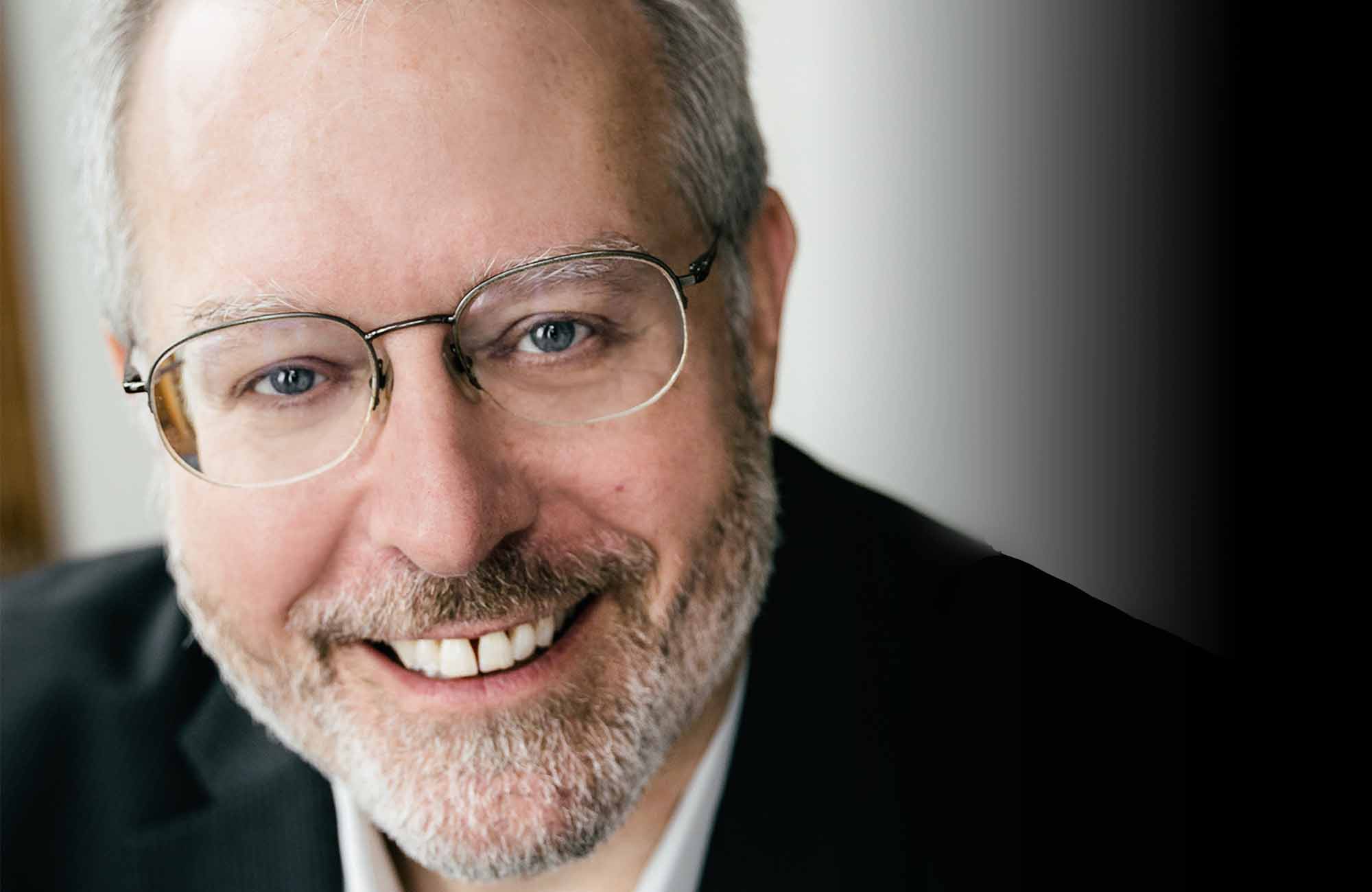
Syracuse native and pianist Steven Heyman has appeared in solo recitals, chamber music concerts, and as concerto soloist throughout the United States, Canada and Europe. He has appeared in London, Paris, Prague, Munich, Strasbourg, Vienna, Salzburg, Oslo, Montreal, Quebec, Los Angeles, Cincinnati, Milwaukee, Washington, Salt Lake City, Juneau, Philadelphia, ...
Syracuse native and pianist Steven Heyman has appeared in solo recitals, chamber music concerts, and as concerto soloist throughout the United States, Canada and Europe. He has appeared in London, Paris, Prague, Munich, Strasbourg, Vienna, Salzburg, Oslo, Montreal, Quebec, Los Angeles, Cincinnati, Milwaukee, Washington, Salt Lake City, Juneau, Philadelphia, and New York, among others. In New York, he has appeared in Lincoln Center, Steinway Hall, recitals on WQXR, Columbia University, Carnegie Hall, Merkin Hall, and as an invited artist for a Juilliard tribute to the late legendary artist/teacher Adele Marcus. He received his education at the Juilliard School as a scholarship student of Adele Marcus and at the Hochschule für Musik und darstellende Kunst in Vienna with Hans Graf. Mr. Heyman has won prizes in over a dozen national and international competitions. As a result of winning the Juilliard School’s Concerto Competition, he appeared with the Juilliard Orchestra in Lincoln Center.
An active performer, he can be heard on nine commercial CD recordings. Two of these received SAMMY Awards, a Central New York area music award for excellence in recorded music. The first, on the Innova label, includes works written for and dedicated to Mr. Heyman, and the most recent SAMMY was given for Echoes, a work on the Centaur label, is a CD of new works for viola and piano. In addition, he appeared on another CD (all Corigliano on the Black Box label) that was nominated for a Grammy Award in the category of Best Chamber Music Performance, and this recording was also listed in BBC Magazine as their North American record of the month. Very active in new music, he has been involved in dozens of premieres, including premieres throughout the U.S., and in Mexico, Europe and China. Several composers have written for and dedicated music to Mr. Heyman. He played with the Society for New Music for over 25 years and received a special tribute from this organization in 2008. In the Central New York area, he has an active performing career including being the soloist with the Syracuse Symphony Orchestra (Symphoria) 28 times over a 47 year period. His first performance as soloist was at age 13, and his last appearance as soloist with Symphoria was on March 6, 2016 in a performance of the Mozart Piano Concerto No. 23 in A Major, K. 488.
Mr. Heyman is an Associate Professor in Piano at Syracuse University where he is also the Chair of the Department of Applied Music and Performance, and has been on the faculty for 30 years. At Syracuse University, among dozens of concerts in Setnor Auditorium, he has performed multiple concertos with the SUSO, including a Beethoven Concerto under the baton of Leon Fleisher. In the summer of 2007, Mr. Heyman gave concerts and classes in Beijing and Shenyang China. At the conclusion of a residency at the Shenyang Conservatory of Music, he was appointed a Full Visiting Professor. He currently also serves as the Artist-in-Residence at Colgate University, where he frequently performs in solo recital, chamber music, and has appeared as soloist with the Colgate Orchestra 9 times.
Mr. Heyman is a Steinway Artist.


